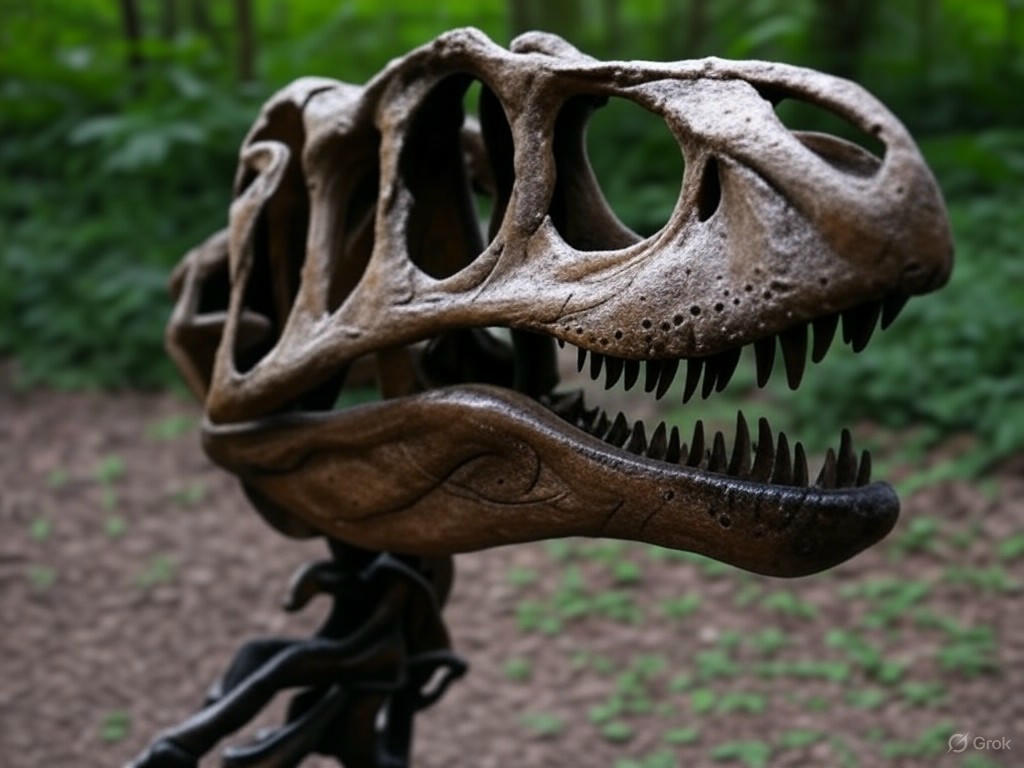Ancient Afflictions: Dinosaurs Battled Cancer Millions of Years Ago
Imagine a world ruled by towering giants, where the mighty dinosaurs roamed with unmatched dominance. For centuries, we’ve marveled at their strength, their ferocity, and their mysterious extinction. But a groundbreaking discovery has unveiled a surprising vulnerability in these prehistoric titans: they, too, suffered from cancer. This revelation not only humanizes these ancient creatures but also reshapes our understanding of the history of diseases that plague us even today.
Paleontologists recently unearthed a 70-million-year-old fossil that tells a story far beyond the usual tales of predation and survival. Embedded within the bone of a massive dinosaur—likely a species of hadrosaur, often called the ‘duck-billed’ dinosaur—was evidence of a tumor. This isn’t just any growth; advanced imaging techniques and microscopic analysis revealed striking similarities to a type of bone cancer that still affects humans in the modern era. The fossil, discovered in a remote dig site, shows irregular bone tissue, a hallmark of malignant growth, suggesting that the dinosaur endured significant pain or mobility issues during its life. This finding marks one of the oldest known instances of cancer in the fossil record, proving that this devastating disease is not a modern affliction but a deep-rooted part of life’s evolutionary journey.
What does this mean for science? For starters, it bridges a profound gap between the ancient and the contemporary. Cancer, often thought of as a byproduct of modern lifestyles or environmental factors, now appears to have origins stretching back millions of years. Researchers are excited about the implications for medical science. By studying how tumors formed in dinosaurs—creatures that lived in vastly different conditions from today’s world—scientists hope to uncover clues about the fundamental mechanisms of cancer. Were these growths triggered by genetic mutations, environmental stressors, or something else entirely? The answers could lie buried in more fossils, waiting to be discovered. Moreover, this discovery challenges the notion that dinosaurs were invincible. It paints a picture of a world where even the mightiest beasts faced internal battles, struggling against diseases that could weaken their massive frames.
As we continue to dig deeper into Earth’s ancient past, findings like these remind us of the shared threads that connect all living beings across time. Dinosaurs may have vanished long ago, but their stories are still being written through the bones they left behind. This cancer-ridden fossil is more than a relic; it’s a window into the vulnerabilities of life itself. It prompts us to rethink not only the lives of these prehistoric giants but also the enduring nature of the challenges we face as a species. The next time we ponder the fall of the dinosaurs, let’s remember that their struggles were not so different from our own—proof that even in extinction, they continue to teach us about survival.


